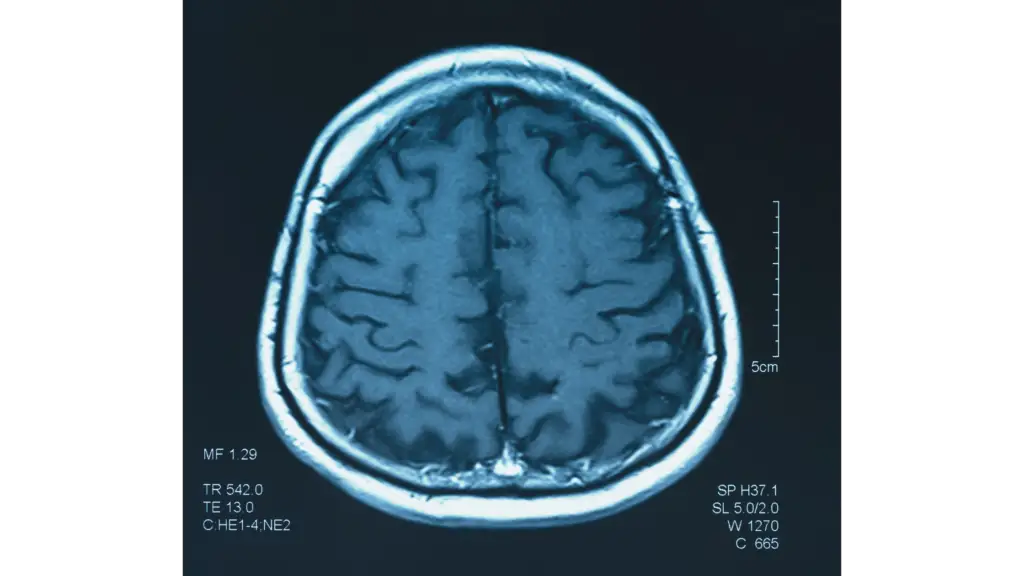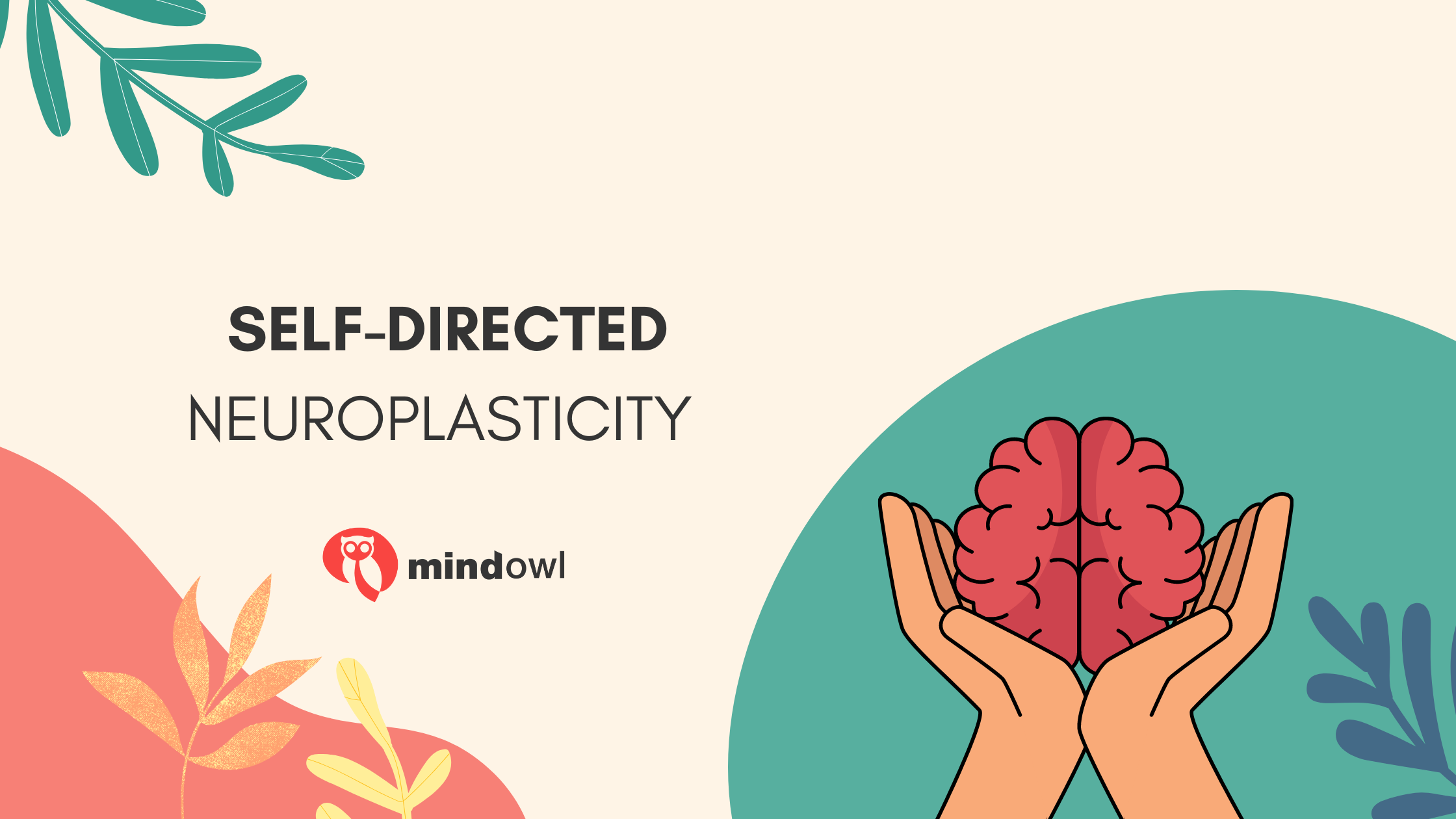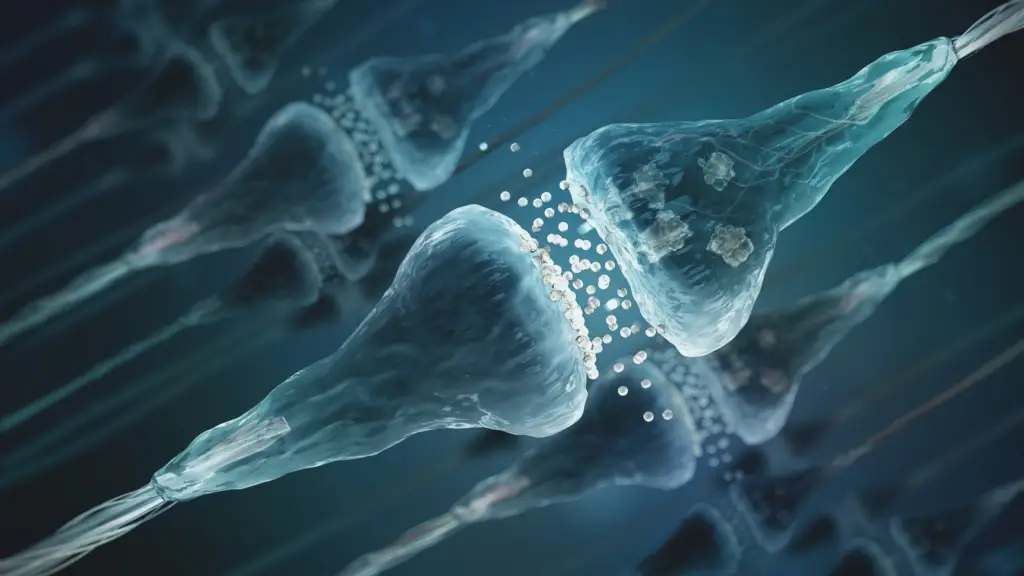The human brain is capable of changing its structure and function in response to experience. The brain’s ability to change itself as we learn new things and adapt to our environment is known as neuroplasticity. Taking a psychological approach to mindfulness means understanding this process a bit better; so what are some examples of neuroplasticity? How do we know that it happens? And how can we harness it for ourselves?
What is Neuroplasticity?
Neuroplasticity represents the ‘muscle building’ part of the brain; the things we do often we become stronger at, while the brain functions we don’t practise will become weaker. This neural activity is why certain thoughts and actions can become automatic functions in the brain over time.
Our brains are constantly being shaped by experience. Most of us have very different behaviour and thought patterns today compared with 20 years ago. This shift is neuroplasticity in action; changes in brain structure and organisation as we experience, learn, and adapt. With every repetition of a thought or emotion, we reinforce a neural pathway, enhancing the strength of connections – and with each new thought, we begin to create a new way of being.
Connections within the brain are constantly becoming stronger or weaker, depending on what is being used. Younger people can change easily due to higher neural plasticity, whereas in the adult brain, change doesn’t come as easily. This is why we are more easily led and influenced in adolescence, and why we become more resistant to change as we get older.

What is Self-Directed Neuroplasticity?
Self-directed neuroplasticity is about consciously and intentionally changing your own brain activities and strengthening neural connections. This is achieved by applying brainpower in a certain way, with particular thoughts or actions designed to bring about the desired change. For example, thinking positive thoughts has been shown to produce epigenetic changes in the brain.
Think of it like this: your thoughts and actions build your future brain. That can be good or bad depending on the mindset that you’re engraving into your brain. This highlights the importance of your every day mindset, thoughts, actions and habits, which you should use to help you cultivate a healthy future brain. Now, let’s explore some useful neuroplasticity exercises.
Self-Directed Neuroplasticity Exercises
- Meditation – Start your day off with 15 minutes of meditation to set you up for the rest of your day, and try to make it a consistent practice in your daily life. Meditation has been proven to reduce stress and anxiety levels, so it can be used to rewire your brain pathways and teach you to deal with stress in a healthier way. There are many different forms of meditation that you can use, including breathwork, body scanning, reflection, focused attention, visualisation and more. Forms of meditation involving mindfulness are particularly good at making you more aware of what’s happening inside your brain. If you’re not sure which one is right for you, click here to watch our video on finding the right meditation fit.
- Try Something New – It is important to get out of your comfort zone regularly so you don’t get stuck in your ways and become resistant to change. Although routines can be a positive thing, becoming too regimented can stop us from opening our minds up, engaging the cognitive power of our prefrontal cortex, and creating new brain pathways, which is good for our brain health. Activities such as learning a musical instrument or learning a new language are good examples. However, you don’t need to do some extravagant new activity each day – even something as easy as sleeping on the other side of the bed or taking a different route to work can work.
- Gratitude – Making a focused effort to be grateful has a proven impact on mental health and emotional well-being. It is also associated with a more positive outlook on life. Unfortunately, we tend to focus on the things we don’t have in life, rather than being grateful for what we do have. If you take time to appreciate positive experiences, you might find that your life is a lot more fulfilling than you thought. Make a sustained effort to start your day by practising gratitude, and you may find yourself experiencing an optimistic mindset more often.
- Embrace Positive Experiences – Alongside practising gratitude, try to embrace and appreciate positive experiences. In the fast-paced world we live in, we often don’t take the time to stop and enjoy the simple things in life. Whether it’s that first sip of hot tea or coffee in the morning, we rarely experience simple pleasures to the fullest, pausing for a moment, soaking in the experience and feeling the sensations in your mind and body. For more advice on how to seek out life’s simple pleasures, check out our article on the subject.
- Daily Physical Exercise – We all know about the importance of exercise for our physical health. However, physical exercise (and cardiovascular exercise in particular) has also been proven to be hugely beneficial for our brain function. When it comes to neuroplasticity, cardiovascular exercise can increase brain volume by expanding the volume of our hippocampus, the part of the brain responsible for forming new memories. Whether it’s football, tennis, running or aerobic exercise, bringing increased physical activity into your life can have a significant effect on your ability to create new neural pathways in the brain.
- Eat Healthily – Along with physical exercise, maintaining a healthy diet is essential for both our physical and mental health. To maximise brain health, we must take in the right nutrients in order for our brains to develop and maintain their structure. Foods that are particularly good for brain health include fruits, vegetables, nuts, eggs, fish, chicken, cheese and yoghurt. On the other hand, you should limit your consumption of red meat, trans fats and sugar.
- Work-Life Balance – It is important to maintain a good balance between work and other aspects of your life. Working too much without taking time to relax can cause a wide range of problems, including increased stress levels and trouble sleeping. One way to solve this problem is to integrate a strict “clocking out” time on your work day. Pick a time (and stick to it!) that signals the end of your work day, or study time if you are still in college or school. This is an incredibly important daily habit that will give you dedicated time to spend with your friends and family, as well as a chance to pursue hobbies and interests. Studies show that regular interaction with other people is good for your cognitive development and permanent brain health – maintaining a good balance between your work and social life is a crucial part of this.
How Self-Directed Neuroplasticity Works
Meditation is a system of mental training which can help you build positive qualities of mind like focus, attention, vitality, joy, and compassion. The main mechanism behind meditation’s transformative potential is self-directed neuroplasticity training.
Each thought that goes through your head, every emotion you feel, every action you take creates a neural pathway in your brain. Each repetition of a thought, emotion or action then reinforces that neural pathway, and with each repetition the thought or action becomes more automatic and instinctive.
This is why we often hear phrases such as “practice makes perfect” or “force of habit”. Practice really does make perfect and habits are powerful forces. We just need to harness them in the right way, and embed the right kind of habits into our brains.
Is self-directed neuroplasticity easy to master?
Like anything, self-directed neuroplasticity will take some time and effort to master, so don’t expect it to be an overnight success. However, depending on the type of behaviour you are trying to change, the scale of the change you are trying to achieve and your commitment to making that change, this practice can vary in difficulty.
- Type of Behaviour: It is much easier to start a new activity than to break an old habit. For example, it is easier to start eating more fruit and vegetables than to stop indulging in unhealthy foods. Within this example, this is because the habit of eating unhealthy food is embedded in your brain and has become the norm. Eating healthy is easier to master because it’s a new habit, rather than an old to overcome.
- Scale of Change: Let’s think about an example: a workaholic wants to use self-directed neuroplasticity to reduce stress, by enforcing a strict cut off time for work every day. If this person had previously been working all day up until 9pm and now they aim to finish up at 5pm every day, they will find it difficult at first. That is quite a drastic change that would take some time to achieve. In situations like this, it would be wise to start smaller and build up to the drastic change. On the other hand, if a gym goer who usually works out 4 times a week wants to add another daily session to their routine, they will find that much easier. This a small addition to an existing habit that is well embedded in the brain, therefore it shouldn’t take much time to change.
- Motivation – Your own commitment and personal motivation for making a change also has a significant impact on your ability to adapt. Full commitment to self directed neuroplasticity training and a consistent effort to change your bad habits makes the task much easier. Simply put, the more motivated you are, the more effort you will put in and the more likely you are to succeed in achieving your desired change.
Who can benefit from self-directed neuroplasticity?
In truth, anyone and everyone can benefit from self-directed neuroplasticity training. It has been proven to have benefits for various aspects of mental and physical health, so there’s something beneficial in it for everyone. However, it’s particularly useful for people who are trying to make some sort of lifestyle change. Whether it is a fitness-relate change like eating healthier, exercising more to lose weight or dealing with addiction or eradicating other bad habits, self-directed neuroplasticity can be very helpful in rewiring your brain in a positive way. After all, neuroplasticity is all about creating change – why not use it to improve the way you live your life?
MindOwl Founder – My own struggles in life have led me to this path of understanding the human condition. I graduated with a bachelor’s degree in philosophy before completing a master’s degree in psychology at Regent’s University London. I then completed a postgraduate diploma in philosophical counselling before being trained in ACT (Acceptance and commitment therapy).
I’ve spent the last eight years studying the encounter of meditative practices with modern psychology.



2 thoughts on “Self-directed neuroplasticity: How to change your brain for the better”